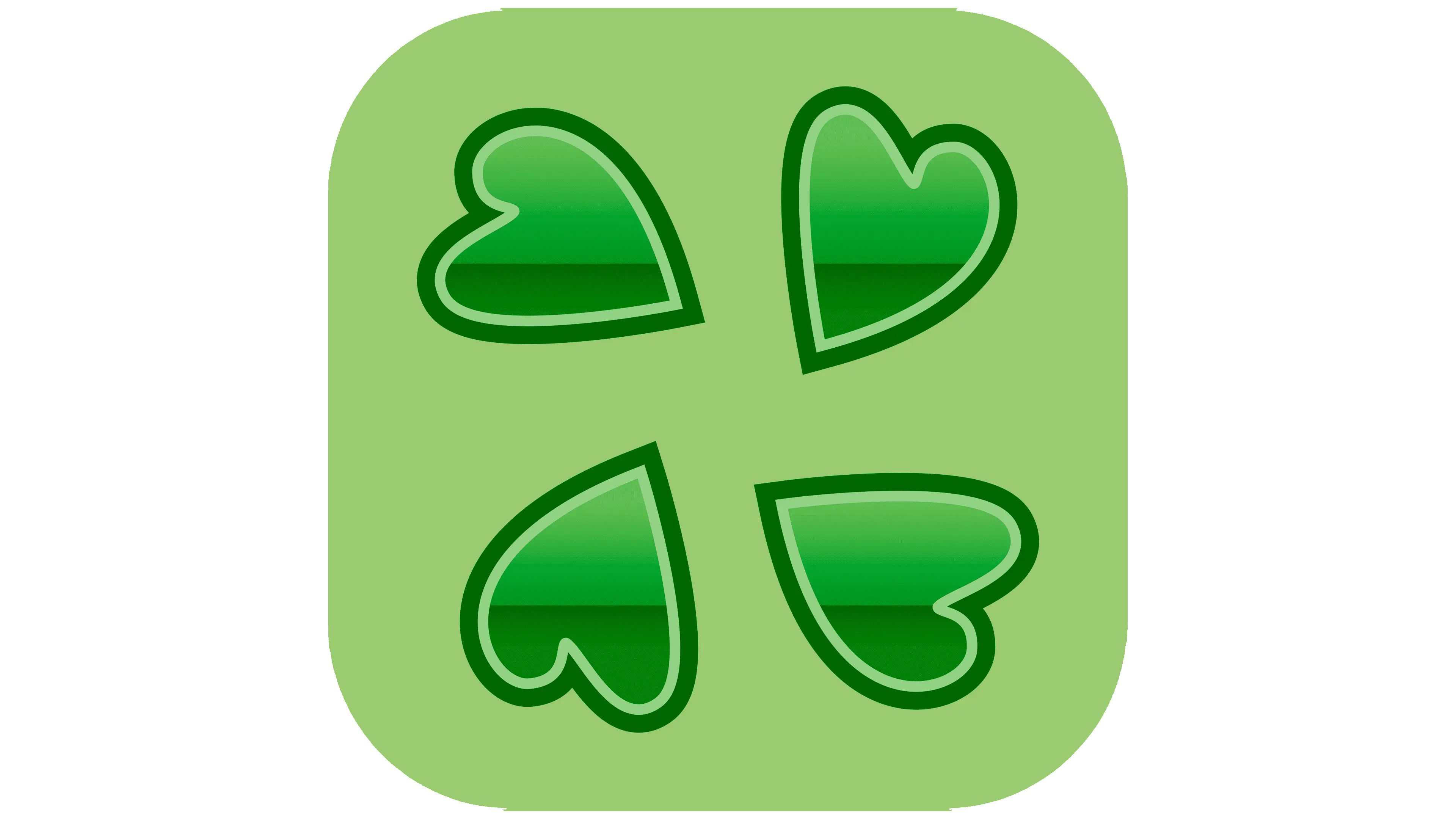I get what you’re saying but you couldn’t have chosen a worse example… Like yeah absolutely fuck Churchill lol, he’s a huge part of the reason why we’re in this mess with Israel now
- 0 Posts
- 25 Comments
I think it’s just what you’re used to. Imo it really matters that it’s keywords and not operator symbols - it’s meant to read closer to natural language. I prefer the c version when it’s ? and :, but I like them this way round when it’s if and else.

 2·7 hours ago
2·7 hours agoI think they’re probably Finnish given the “Apple (Suomi)” tab in one of the screenshots, and their incredibly Finnish last name on Mastodon.
They don’t read right to left in Finland.Fair enough, Finnish isn’t read right to left.

 4·1 day ago
4·1 day agoNo, they care about every little drop of blood they can suck

 71·2 days ago
71·2 days agoHeh, “high speed”.
And the same origin, it’s not a coincidence they all start with P

 17·3 days ago
17·3 days agoThat is still what we do with criminals
Haha

 41·4 days ago
41·4 days agoYes, that’s exactly what you’re doing

 3·4 days ago
3·4 days agoPolice in Europe are less fucked up than in the US but generally still suffer from all the same sorts of problems, they’re still pigs

 4·4 days ago
4·4 days agoUnlike that person’s imaginary nukes, you are building real actual nukes and threatening civilians with them. And if they definitely weren’t threatening civilians they wouldn’t serve their purpose as a deterrent so there would be no point building them.
The Tokoeka (North Island Brown Kiwi) has never been gone from the wild, there’s always been over 20,000 in the wild, mostly in Northland, Coromandel, Te Urewera, and Tongariro. The Southern Tokoeka is also hanging on alright in Rakiura (Stewart Island) and a little in Fiordland. The Roroa (great spotted) and little spotted are near extinct in the wild, the little one particularly is totally wiped out from the North Island and mostly only found on predator free island sanctuaries now.
skill issue tbh
I don’t think they meant “testing” them like it’s some kind of game, hardly anyone does that and yeah it’s fucked up when they do.
It’s just, how do they handle it when you say no, do they moan about it and act entitled or just understand you’re a human being who doesn’t feel like sex literally all the time. That’s a real good piece of evidence to how this person actually views you and their relationship to you.

 1·6 days ago
1·6 days agoNor do you in most countries. Generally, a passport is the most authoritative form of identification.
No they aren’t lol, nothing alive now is descended from anything else alive now.
They are somewhat related in the broad scheme of things, but not that close when you dig a bit deeper. They share a common ancestor about 400 million years ago (1, 2), whereas we share a common ancestor with them about 530 million years ago. Considering the more than 2 billion year history of life, you could say we are almost as related to them as they are to each other. It’s true that this was during the Cambrian explosion (3) so we are about as distantly removed from them as animals can be, and differentiation of biological features slowed down a bit after that, but still, true insects and the kinds of crustaceans we mostly eat like shrimps and lobsters have been on different branches of the evolutionary tree for most of the history of animals.
Of course we (humans) do eat many land insects too, like crickets and so on.
Here’s a fun zoomable graphic I found while looking up the dates: https://www.onezoom.org/life/@Pancrustacea=985906?otthome=%40%3D770311#x-28,y311,w0.8390

 1·7 days ago
1·7 days agoI read it, it didn’t feel very convincing to me. I wish them luck with the project for sure, more options are always better, but I don’t think companies not spending money on it is sabotage, and I don’t really trust their thing about persecution given the weird anti-DEI rant. This has the smell of https://xkcd.com/1357/ all over it.

 2·7 days ago
2·7 days agoNobody wants to “hinder progress” on x11, there’s just not much point focusing resources on a deprecated project…







It doesn’t even have a tip on lol